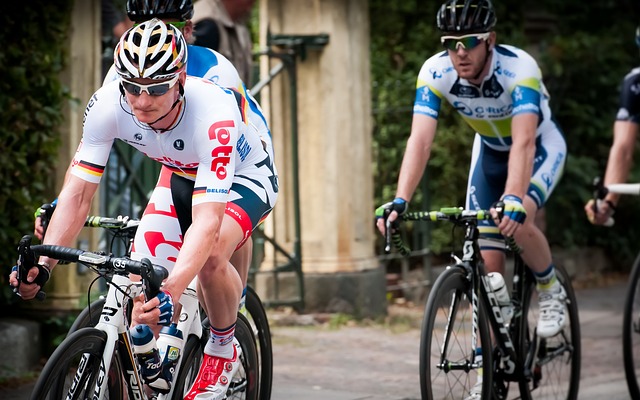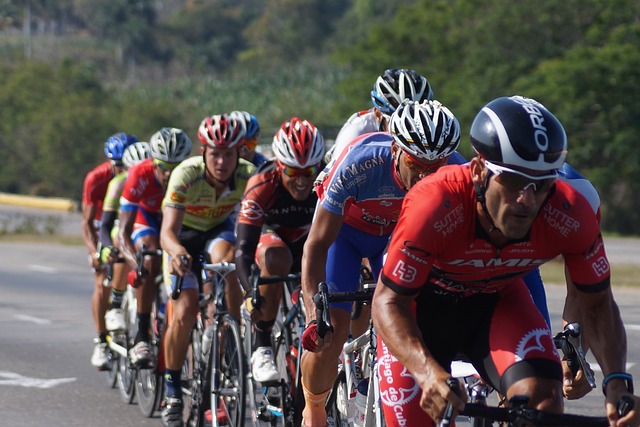Tracking your gambling performance month-to-month isn’t just about wins and losses. If you want to grow a bankroll methodically—and avoid slow leaks or big setbacks—you need to define and monitor Key Performance Indicators (KPIs) that reflect your strategy, not just your outcomes.
This post breaks down practical KPIs to track, how to set growth targets that fit your edge, and the red flags that many bettors ignore until it’s too late.
Why You Need KPIs (Not Just a Win/Loss Column)
A bankroll can grow, shrink, or stay flat—but that alone doesn’t tell you if you’re betting well. Variance masks performance. A +$500 month could be lucky. A -$200 month could hide strong, consistent edges. That’s why KPI tracking matters.
Strong monthly KPIs:
- Expose whether your strategy is sustainable
- Show where most of your edge or leak is coming from
- Help you scale up responsibly—or scale down before damage
Core Monthly KPIs to Track
These KPIs focus on edge, execution, and growth rate—not just results. They’re easy to track manually or in a spreadsheet.
Monthly KPI Table
| KPI | What It Measures | Why It Matters |
|---|---|---|
| ROI (Return on Investment) | Profit ÷ Total Risked | Shows whether you’re gaining on capital |
| CLV (Closing Line Value) | Line you bet vs. line at close | Proxy for long-term edge |
| Win Rate | Bets won ÷ Bets placed | Helps identify volatility vs skill |
| Volume | Total bets made + total staked | Inputs for bankroll growth |
| Max Drawdown | Largest peak-to-trough loss | Measures risk and pain tolerance |
| Bankroll Growth % | Net gain ÷ Starting bankroll | Shows if target is realistic |
Tracking all six gives you a complete view—not just if you’re up, but how and why.
Setting Realistic Monthly Growth Targets

Targeting “growth” in gambling doesn’t mean compounding like a savings account. Growth comes from volume x edge, and both have limits.
Rules of Thumb
- Solid edge + consistent volume: 5–10% monthly bankroll growth is realistic
- High variance strategies (e.g., props, parlays): Use 2–5% targets
- Low volume or experimental phase: Track CLV and ROI more than net $$
- No proven edge: Track losses to set loss limits, not growth goals
Example: Scaling a $1,000 Bankroll
| Scenario | Monthly Volume | ROI | Target Growth | Notes |
|---|---|---|---|---|
| Conservative flat bets | $1,000 | 3% | $30 | Steady pace, minimal variance |
| Mid-risk value props | $2,000 | 5% | $100 | Edge proven, higher daily swings |
| Aggressive parlay mix | $1,000 | 10% | $100 | Volatile, growth is not consistent |
Growth without edge is luck. Growth with edge and data is repeatable.
What to Do When Growth Stalls

Not hitting your monthly growth goal doesn’t mean you failed. It’s a signal. Use your KPI dashboard to investigate:
- Flat ROI + strong CLV? → Stay the course. Variance is in play.
- Negative ROI + weak CLV? → You may be betting into the wrong markets.
- High win rate, low ROI? → Possibly under-staked or too conservative.
- Volume drop? → Check for tilt, burnout, or inconsistent routine.
Fixes
- Recalibrate bet sizes
- Trim unprofitable market types
- Re-focus on higher confidence bets (use a staking ladder)
- Run post-mortems on key losses or missed value
Final Takeaway: Track Performance Like a Business
Serious bankroll growth doesn’t happen by feel. It comes from measurable progress, not just streaks. Monthly KPIs let you course-correct early, compound your edge, and avoid emotional overreach.
If you treat your betting like a business, your bankroll is your capital—and these KPIs are your monthly report card.
